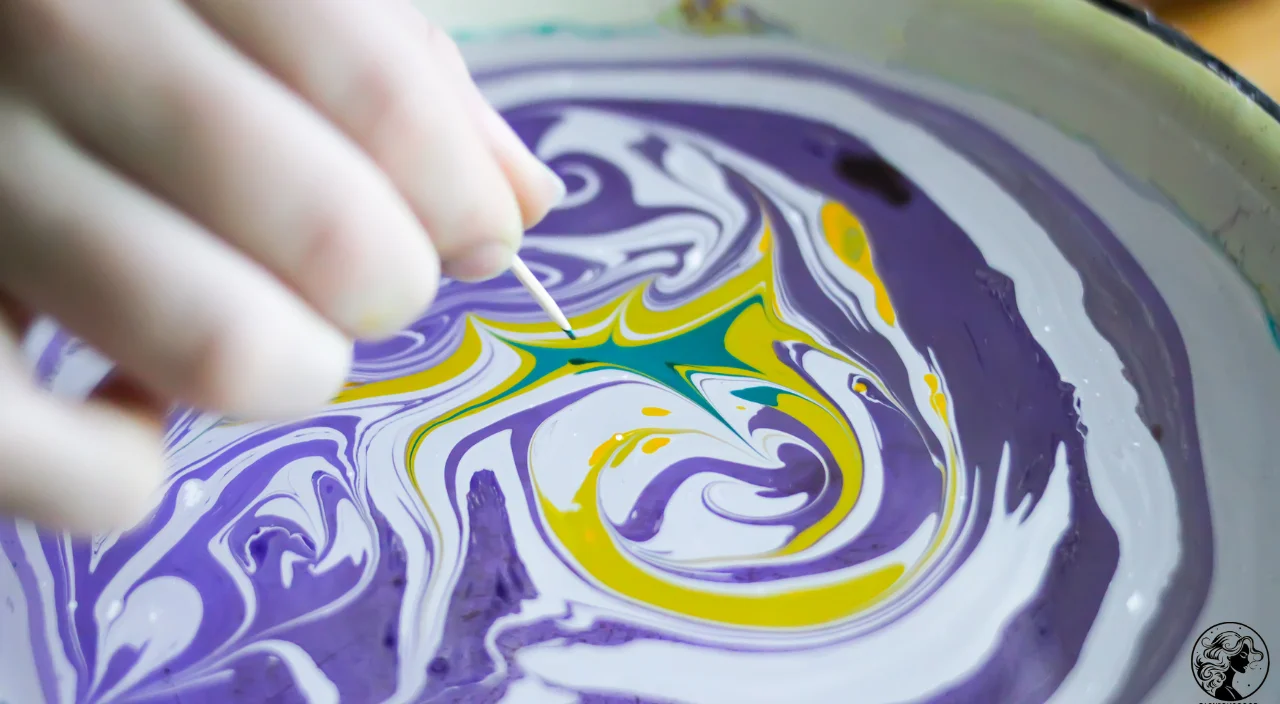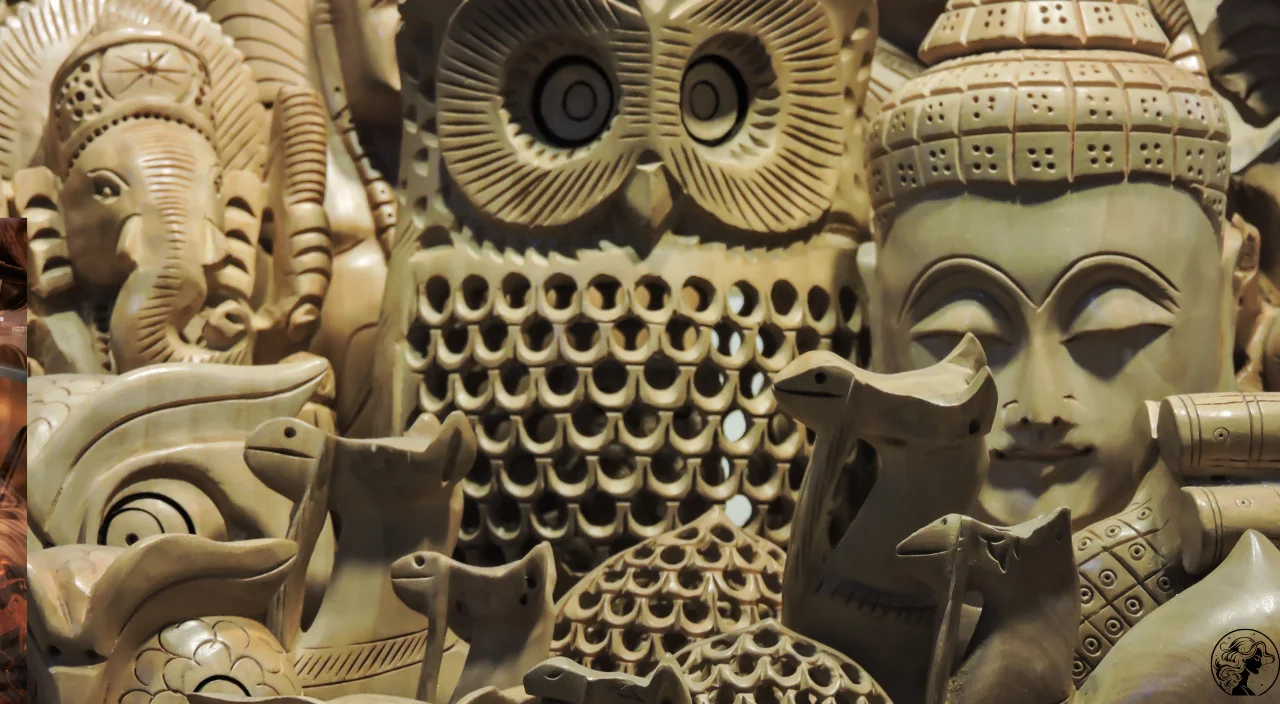Ancient art has always fascinated people around the world. Its timeless beauty and profound significance offer a window into the past, revealing much about the cultures and civilizations that produced it. In this article, we’ll delve into the world of ancient art, exploring its various forms, techniques, and the reasons why it remains so captivating today.
What is Ancient Art?
The visual and decorative arts created by the world’s earliest civilizations are referred to as “ancient art.”This includes everything from sculptures and paintings to pottery and textiles. These artworks often serve not only as decoration but also as a means of recording historical events, religious beliefs, and everyday life.
Key Characteristics of Ancient Art
Ancient art is characterized by its use of symbols, religious themes, and depictions of daily life. It often reflects the values and beliefs of the society that created it.
- Symbolism: Many ancient artworks are imbued with symbolic meanings. For instance, in Ancient Egyptian art, the ankh symbol represents life, while in Greek art, the laurel wreath signifies victory.
- Religious ThemesReligious motifs are prevalent in ancient artworks. The Minoan frescoes from Knossos depict various deities and mythological scenes, reflecting the importance of religion in Minoan society.
- Daily Life: Ancient art also captures everyday life. Roman mosaics, for example, provide detailed glimpses into the domestic and social life of ancient Rome.
Famous Examples of Ancient Art
The Mona Lisa of the Ancient World: The Venus of Willendorf
A small limestone statuette known as the Venus of Willendorf dates from between 28,000 and 25,000 BCE.. This prehistoric artifact is often considered one of the earliest examples of female fertility figures. Its exaggerated features are thought to symbolize fertility and femininity.
Egyptian Art: The Mask of Tutankhamun
The Mask of Tutankhamun is an iconic piece of Ancient Egyptian art. Found in the tomb of the young Pharaoh Tutankhamun, this mask is renowned for its intricate craftsmanship and use of gold and precious stones. It reflects the importance of the afterlife in Egyptian culture and the elaborate burial practices of the time.
Greek Art: The Parthenon Marbles
The Elgin Marbles, or Parthenon Marbles, are a group of ancient Greek marble sculptures.. These pieces once adorned the Parthenon, a temple dedicated to the goddess Athena. The marbles are celebrated for their exquisite detail and are considered masterpieces of Greek sculpture.
Roman Art: The Colosseum
The Colosseum in Rome is not only an architectural marvel but also a significant work of art. This massive amphitheater, completed in AD 80, was used for gladiatorial contests and public spectacles. It is a testament to the inventiveness of Roman architecture thanks to its intricate design and engineering.
Why Ancient Art is Still Relevant Today
 Cultural Heritage
Cultural Heritage
Ancient art offers invaluable insights into past cultures. By studying these works, we gain a deeper understanding of how ancient people lived, what they valued, and how they expressed their beliefs. This cultural heritage helps us appreciate the roots of our modern civilization.
 Artistic Techniques
Artistic Techniques
 Educational Value
Educational Value
Ancient art serves as a powerful educational tool.Museums and galleries around the world showcase these works, allowing visitors to learn about history, culture, and artistic methods. This educational aspect ensures that they continue to inspire and inform new generations
How to Appreciate and Collect Ancient Art
1. Research the History
2. Consult Experts
For those seriously considering collecting ancient,consulting experts is a wise step. Art historians, curators, and reputable dealers can provide valuable insights and help you navigate the complexities of art collection.
3. Visit Museums and Exhibitions
Visiting museums and exhibitions can be a great way to experience ancient art firsthand.Institutions like the British Museum and the Louvre offer extensive collections and provide educational resources to deepen your understanding.
4. Consider Authenticity and Provenance
5. Preserve and Protect
FAQ
What is the significance of ancient art in historical studies?
The practices, beliefs, and cultures of the earliest civilizations can be gleaned from ancient art in significant ways. It aids in the comprehension of how people lived, what they valued, and how they interacted with their surroundings by historians and archaeologists. Artifacts such as cave paintings and sculptures often reveal details about religious rituals, social structures, and technological advancements.
How can I authenticate an ancient art piece?
- Provenance Verification: Examine the ownership and history of the artwork.
- Expert Evaluation: Consult with art historians or specialists who can analyze the style, materials, and techniques used.
- Scientific Testing: Use methods such as radiocarbon dating or X-ray fluorescence to determine the age and composition of the artwork.
 Are there specific styles of ancient art that are more valuable?
Are there specific styles of ancient art that are more valuable?
How can I start a collection?
- Education:Learn about different periods and styles of art.
- Research: Identify reputable dealers and auction houses specializing in ancient art.
- Investment: Decide on a budget and focus on acquiring pieces that fit within your financial plan.
- Documentation: Keep detailed records of each piece’s history and condition.
Where can I find more information?
- The British Museum:Offers extensive resources on artifacts and their history.
- The Louvre has a huge collection of ancient art, including Egyptian and Greek pieces.
-
Conclusion
Ancient art remains a profound testament to the creativity and ingenuity of early civilizations . These works of art, which range from the imposing Mask of Tutankhamun to the ethereal Venus of Willendorf, offer a concrete connection to our past.Whether you’re an art enthusiast understanding and appreciating ancient art can be a very satisfying experience for a potential collector.
